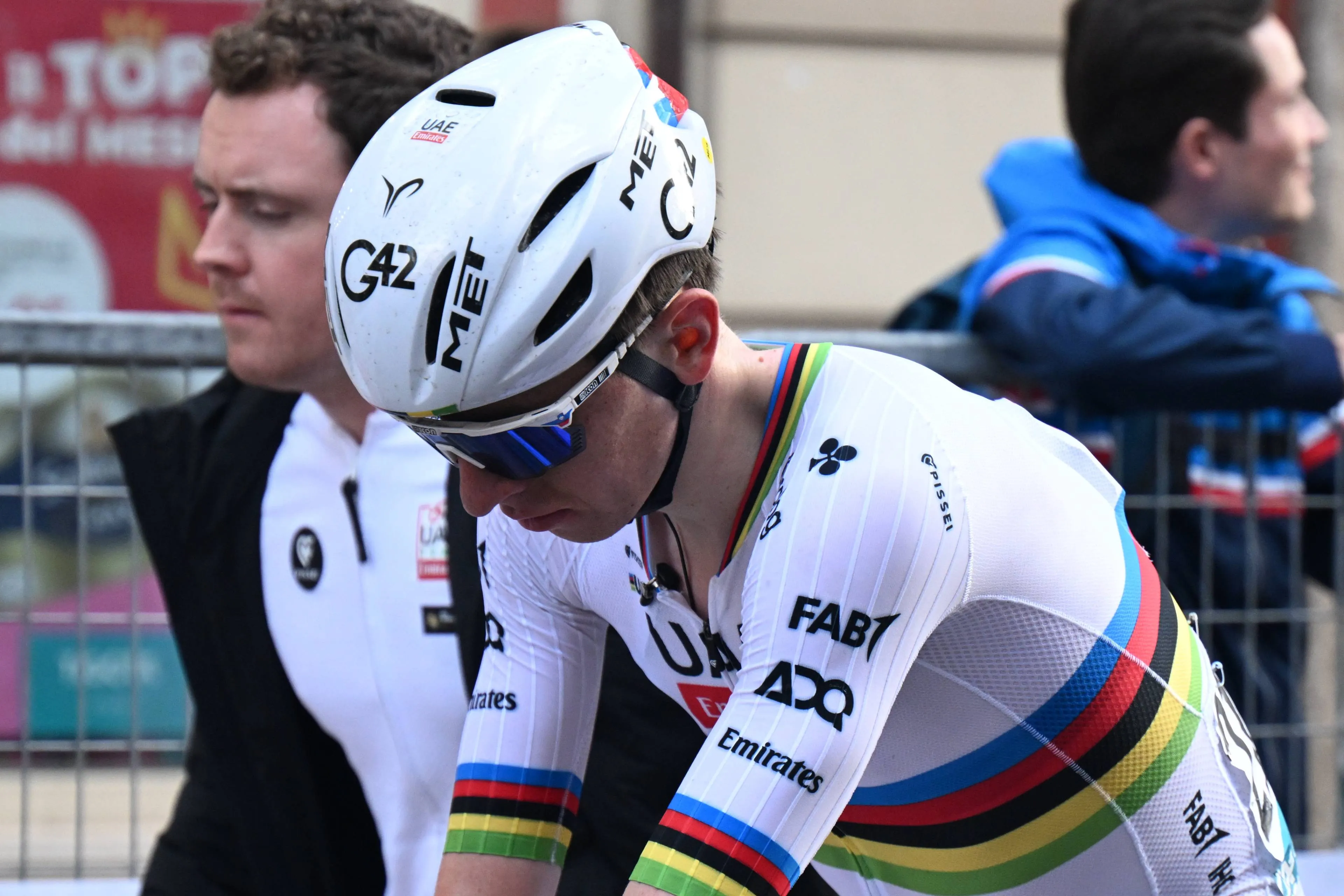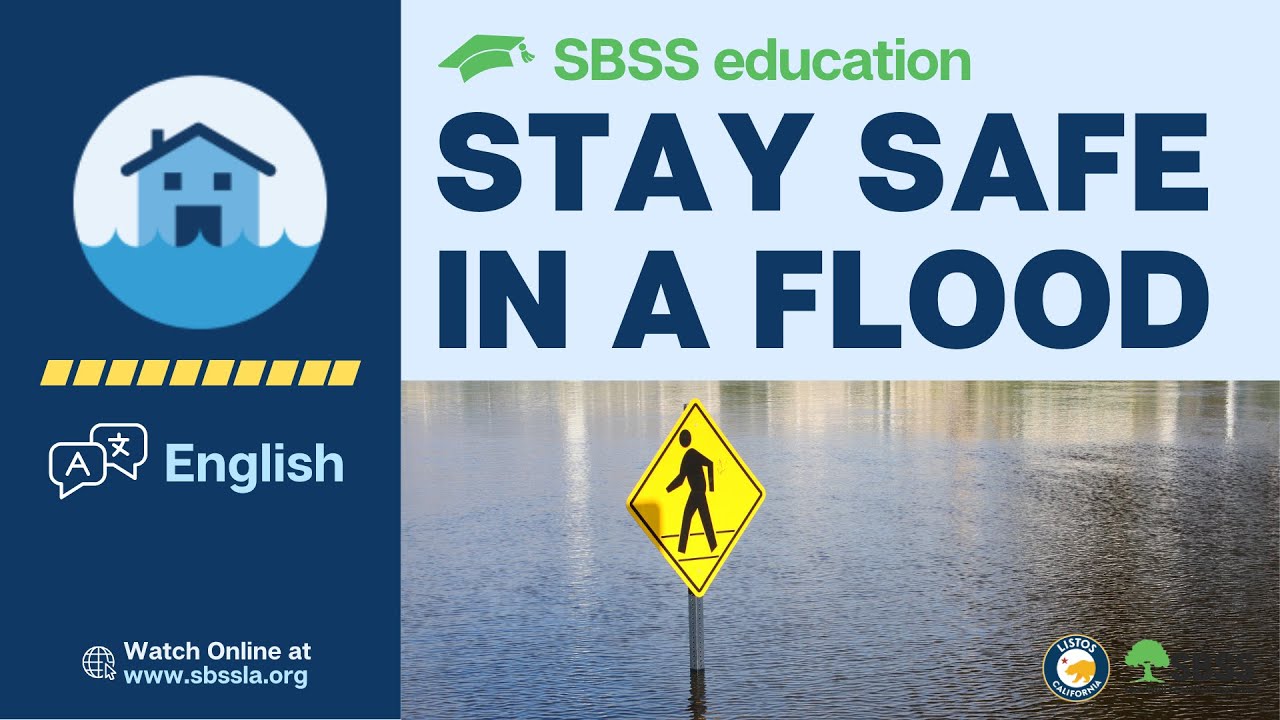F1 Drivers Press Conference: What To Expect

Table of Contents
The Formula 1 drivers' press conference is a captivating spectacle for fans and a vital part of the Grand Prix weekend. But what exactly can you expect from these highly anticipated events? This guide delves into everything you need to know about F1 driver press conferences, giving you a front-row seat to the drama, humor, and insightful analysis.
The Format and Structure of an F1 Press Conference
The structure of an F1 press conference is generally consistent across Grand Prix weekends, providing a predictable yet exciting framework for both journalists and viewers. While specifics can vary slightly depending on the event and the participating drivers, the overall flow remains relatively similar.
- Introduction by the moderator/organizer: The press conference typically begins with a brief introduction by an official moderator or organizer, setting the stage and outlining the expected format. This often includes welcoming the drivers and outlining the rules of engagement for the Q&A session.
- Individual driver questions: The majority of the press conference is dedicated to individual questions directed at specific drivers. This allows for focused inquiries relating to their performance, team strategy, or personal experiences.
- General questions to all drivers: After the individual sessions, the floor is often opened for questions addressed to all drivers. These tend to be broader questions about the race, rule changes, or the overall state of the sport.
- Potential for impromptu moments and driver interactions: While structured, the press conferences can have unpredictable moments. Spontaneous interactions between drivers, witty retorts, or unexpected revelations can add to the excitement and entertainment value.
- Time constraints and adherence to schedules: Press conferences typically operate under strict time constraints. The moderator will usually manage the session carefully, ensuring all drivers have adequate time and that the event concludes on schedule.
Types of Questions Asked at an F1 Press Conference
The questions posed at an F1 press conference are diverse, reflecting the many facets of Formula 1 racing. Journalists use these opportunities to get insights that go beyond the on-track action.
- Performance-related: A significant portion of questions focuses on the drivers' performance: race strategy, car setup, qualifying performance, tire management, and specific incidents during the race. These questions often probe for technical details and strategic explanations.
- Rivalries and driver relationships: The competitive nature of F1 inevitably leads to questions about rivalries between drivers, their team dynamics, and their relationships both on and off the track.
- Personal life and background: While the focus is primarily on racing, some questions delve into the personal lives and backgrounds of the drivers. These might touch on their training regimes, hobbies, or personal philosophies.
- Rule changes and controversies within the sport: Questions often explore recent rule changes, controversies, and ongoing debates within the sport, providing a platform for the drivers to voice their opinions and perspectives.
- Sponsorship and team dynamics: Given the significant role of sponsors and team dynamics in F1, questions also frequently address these crucial aspects of the sport.
The Personalities and Dynamics of F1 Drivers in Press Conferences
One of the most engaging aspects of F1 driver press conferences is the wide array of personalities on display. Each driver approaches these events differently, showcasing unique communication styles and levels of engagement.
- Reserved and concise: Some drivers prefer to keep their responses brief and to the point, focusing on factual information and avoiding unnecessary elaboration.
- Outspoken and humorous: Others are more outspoken and utilize humor to engage the audience and deflect potentially difficult questions. Their interactions are often the most memorable parts of the conference.
- Highly strategic in their answers: Many drivers demonstrate a sophisticated understanding of media relations, carefully crafting their responses to manage their public image and avoid controversy.
- The impact of team relations: A driver’s relationship with their team can noticeably affect their press conference demeanor. Team unity or internal tensions can subtly manifest in responses and body language.
Where to Watch and Follow an F1 Drivers Press Conference
Staying up-to-date with the latest F1 driver press conferences is easier than ever. Numerous platforms provide live streams, highlights, and post-conference analyses.
- Official F1 website and app: The official Formula 1 website and app often provide live streams or recordings of press conferences, making it a primary source for fans.
- Team websites and social media: Individual teams frequently post highlights and summaries of their drivers' press conference appearances on their official websites and social media channels.
- Dedicated F1 news channels (e.g., Sky Sports F1, ESPN): Many dedicated F1 news channels provide live coverage and post-event analyses of press conferences.
- Live streams on YouTube or other platforms: Various YouTube channels and other online platforms might offer live streams or recordings of press conferences.
Beyond the Questions: Understanding the Subtext
While the direct answers provided by F1 drivers are informative, it's also crucial to understand the subtext and unspoken messages conveyed during these interactions. Observing beyond the explicit words can provide a deeper understanding of the situation.
- Body language and tone of voice: Nonverbal cues such as body language, tone of voice, and facial expressions often reveal underlying emotions and attitudes that aren't explicitly expressed verbally.
- Strategic ambiguity in responses: Drivers sometimes employ strategic ambiguity in their responses, avoiding direct answers to sensitive questions while maintaining a positive public image.
- Unanswered questions or evasive answers: The questions left unanswered or the evasive responses provided by a driver can often be as revealing as their direct answers. They hint at underlying sensitivities or potential controversies.
- Hints of tension or disagreements between drivers or teams: Observant viewers can often detect subtle hints of tension or disagreements between drivers or teams based on their interactions and responses during the press conference.
Conclusion:
The F1 drivers' press conference offers a unique glimpse into the world of Formula 1, beyond the roar of the engines and the speed of the cars. By understanding the format, the types of questions asked, and the personalities involved, you can gain a deeper appreciation for this integral part of the Grand Prix weekend. So, next time you have the opportunity, tune in and experience the excitement of an F1 drivers press conference – you won't be disappointed! Don't miss the next one – find out where to watch it on the official F1 website and social media channels!

Featured Posts
-
 Pogacar And Van Der Poel Who Will Win The Tour Of Flanders
May 26, 2025
Pogacar And Van Der Poel Who Will Win The Tour Of Flanders
May 26, 2025 -
 Staying Safe During A Flood Warning Guidance From The Nws
May 26, 2025
Staying Safe During A Flood Warning Guidance From The Nws
May 26, 2025 -
 Exploring Jenson And The Fw 22 Extended A Comprehensive Guide
May 26, 2025
Exploring Jenson And The Fw 22 Extended A Comprehensive Guide
May 26, 2025 -
 Monacos Corruption Scandal The Prince And His Financial Advisor
May 26, 2025
Monacos Corruption Scandal The Prince And His Financial Advisor
May 26, 2025 -
 Hsv Aufstieg Zurueck In Der Bundesliga Die Party Beginnt
May 26, 2025
Hsv Aufstieg Zurueck In Der Bundesliga Die Party Beginnt
May 26, 2025
